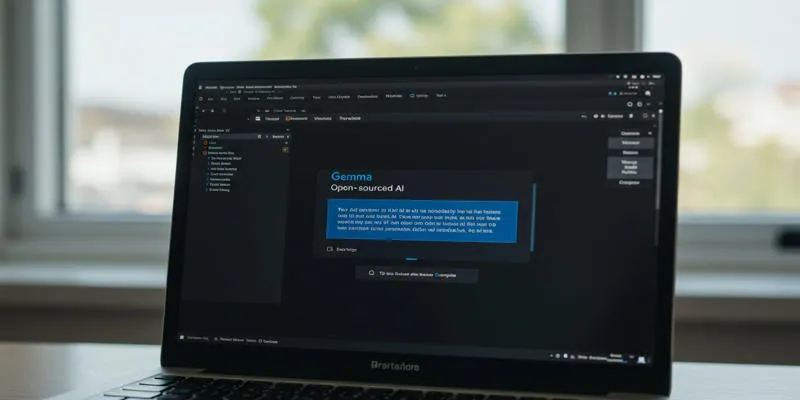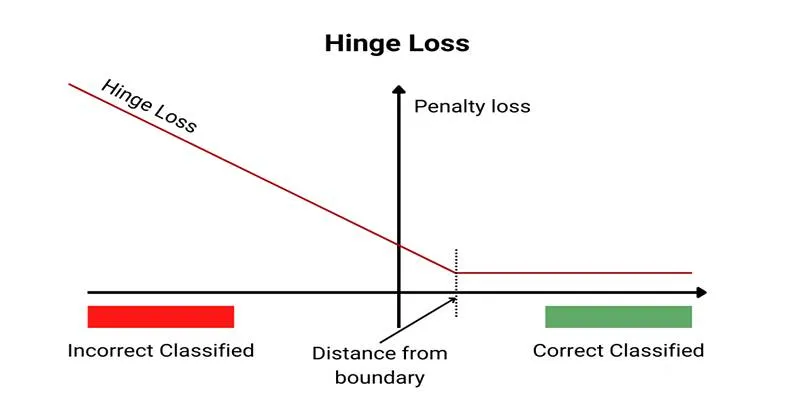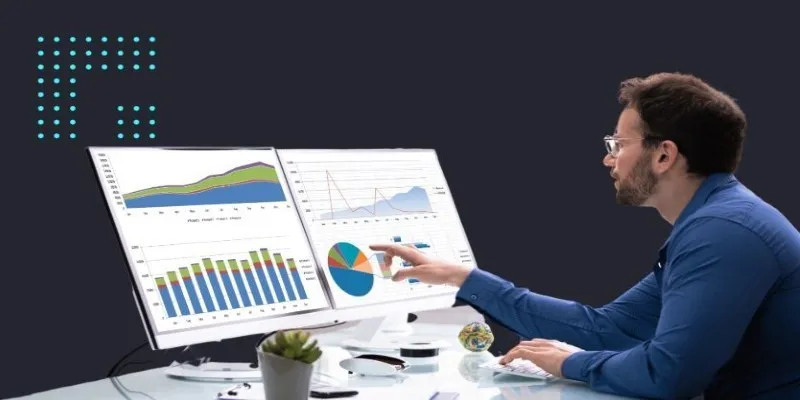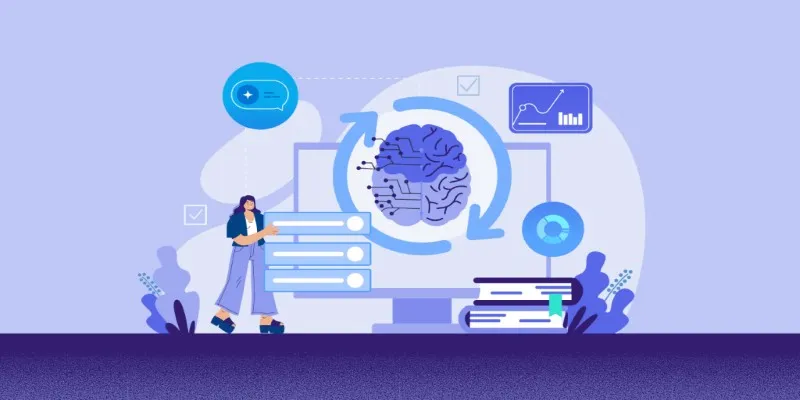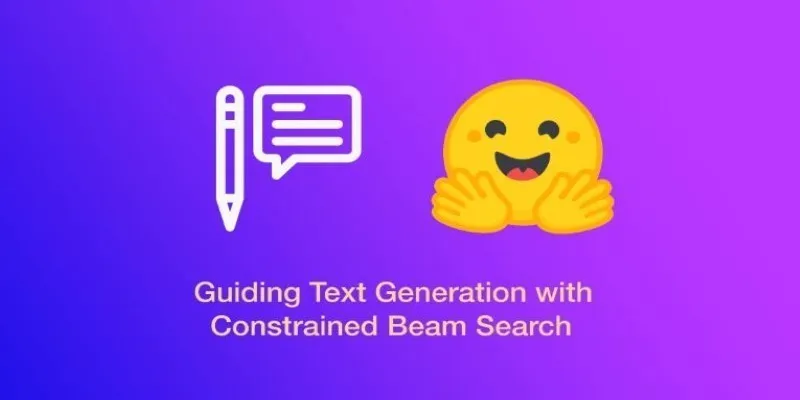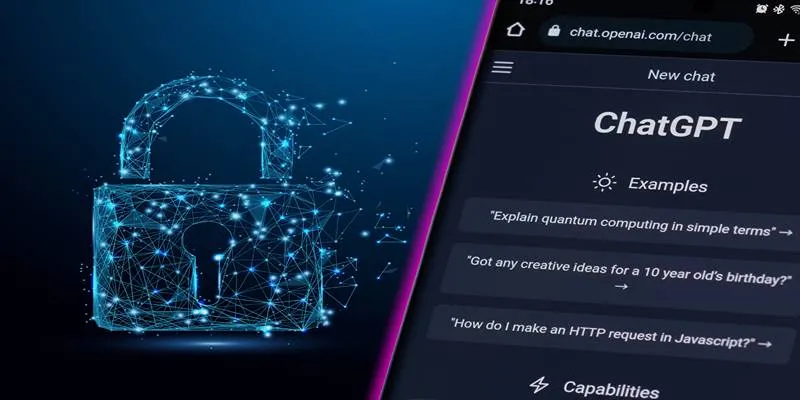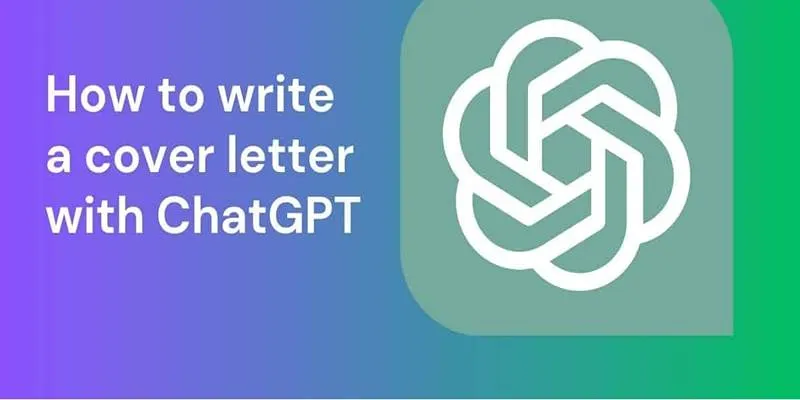Email marketing is a powerful tool for promoting artificial intelligence (AI) technology and attracting potential users. It enables companies to directly connect with their target market and increases conversions. As AI tools continue to gain popularity, a well-planned email marketing strategy can significantly impact the market. Effective email campaigns focus on tracking results, targeting the right audience, and creating engaging content.
Each stage ensures your emails reach the correct recipients and achieve the desired outcomes. This guide covers seven essential steps for launching an email marketing campaign for an AI tool, allowing users to try your product, boost engagement, and build trust. Let’s explore how to develop a successful email marketing plan.

Step-by-Step Guide to Email Marketing for AI Tool Promotion
Below are the key steps to design an effective email marketing strategy to efficiently advertise your AI technology:
Step 1: Identify Your Target Audience
Understanding your ideal clients is crucial before reaching out to them. AI tools are typically designed for users such as companies, developers, or tech enthusiasts. Sending emails to an incorrect audience will result in poor responses and low engagement. Identify your target market by considering those who would benefit most from your AI solution. Consider their common challenges and how your AI product can address them. Understanding their needs allows you to create relevant content that resonates with them. Defining your audience helps you tailor your email content to meet their needs and expectations.
Step 2: Build a High-Quality Email List
A successful email marketing campaign relies on a strong email list. Sending emails to disinterested consumers can lead to low open rates and spam complaints. Instead, build a natural user list based on genuine interest in your AI application. Include sign-up forms on your website and landing pages to expand your email list effectively. To attract potential subscribers, offer lead magnets, such as free trials, e-books, or AI tool demos. Promoting your email list on social media is also beneficial for attracting relevant users. Organizing webinars or online events is another excellent method for collecting email addresses from participants.
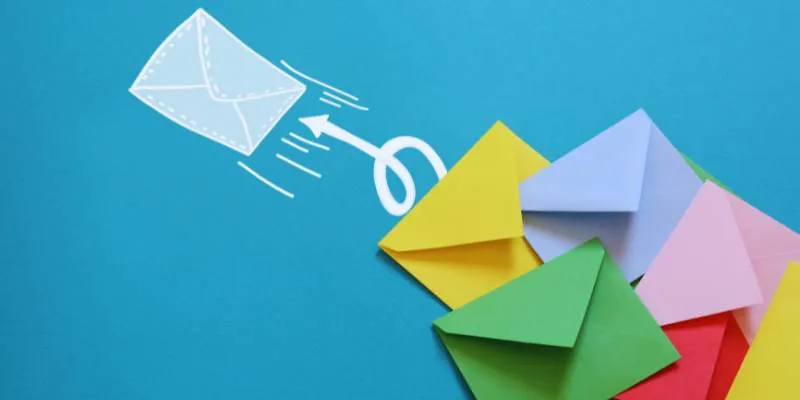
Step 3: Craft an Engaging Subject Line
The subject line is the first thing your recipients see when they receive your email. If it fails to captivate, they won’t open your email. A good subject line should be brief, clear, and engaging. Keeping the subject line under fifty characters is more effective. It should highlight a benefit, such as “Boost Productivity with AI in 5 Minutes.” Avoid using promotional terms like “free” or “limited offer,” as they may cause your email to be marked as spam. Personalizing the subject line with the recipient’s name can also increase open rates. Through A/B testing, experimenting with different subject lines allows you to determine what works best for your audience.
Step 4: Write Persuasive Email Content
Once your email is opened, the content should keep the recipient engaged. Write persuasive email content that captivates your audience. The opening should clearly and concisely explain how your AI technology can benefit them. Instead of merely listing features, focus on helping the reader solve their problems. Short sentences and concise paragraphs enhance readability. Simple and direct explanations of benefits help increase engagement. Avoid technical jargon that may confuse readers; use straightforward language that anyone can understand. Including a strong call-to-action, like “Try Our AI Tool Free Today,” encourages users to take action.
Step 5: Use Email Automation for Efficiency
Email automation allows emails to be sent at the right time without manual effort. User actions—such as signing up, downloading a resource, or abandoning a cart—can trigger automated emails. This ensures timely communication and streamlines the process. Welcome emails provide an excellent introduction to your AI tool and its benefits for new subscribers. Follow-up emails are highly effective for users who download a free trial and need help getting started. Drip campaigns keep potential customers engaged over time. Re- engagement emails help re-activate inactive subscribers and encourage them to use the AI tool again. Automation heavily relies on personalization.
Step 6: Optimize Emails for Mobile Users
Many consumers check their emails on tablets and smartphones. If your email isn’t mobile-friendly, it can be difficult to read, resulting in low engagement rates. Ensuring emails are mobile-compatible ensures more people can engage with your content. Use responsive design so the email adapts to various screen sizes. Shorten subject lines to prevent them from being cut off on mobile screens. Easy-to-tap call-to-action buttons and large fonts improve navigation and readability. Avoid large images that load slowly to ensure quick email opening. Before sending emails, test them on various devices and email platforms to identify any formatting issues.
Step 7: Analyze and Improve Campaign Performance
Improving future campaigns depends on understanding email performance. Email marketing tools provide insights into key metrics, including open rates, click-through rates, and conversions. Analyzing these metrics helps identify what works and areas needing improvement. If open rates are low, consider revising your subject lines. If click rates are low, ensure your call-to- action buttons are more compelling. Regularly clean your email list by removing inactive subscribers to achieve better results. A/B testing different email elements—such as content and headlines—helps refine your strategy and enhance campaign success.
Conclusion:
Email marketing is a powerful strategy for reaching the right audience and promoting an AI solution. A well-organized approach ensures your emails are opened, read, and acted upon. Start by identifying your target audience and building a high-quality email list. Create engaging emails with compelling content and strong subject lines. Use automation to maximize efficiency and optimize for mobile users. Track performance and continually refine your strategy for better results. By following these seven methods, you can conduct a successful email marketing campaign for your AI tool and increase user engagement.
 zfn9
zfn9








